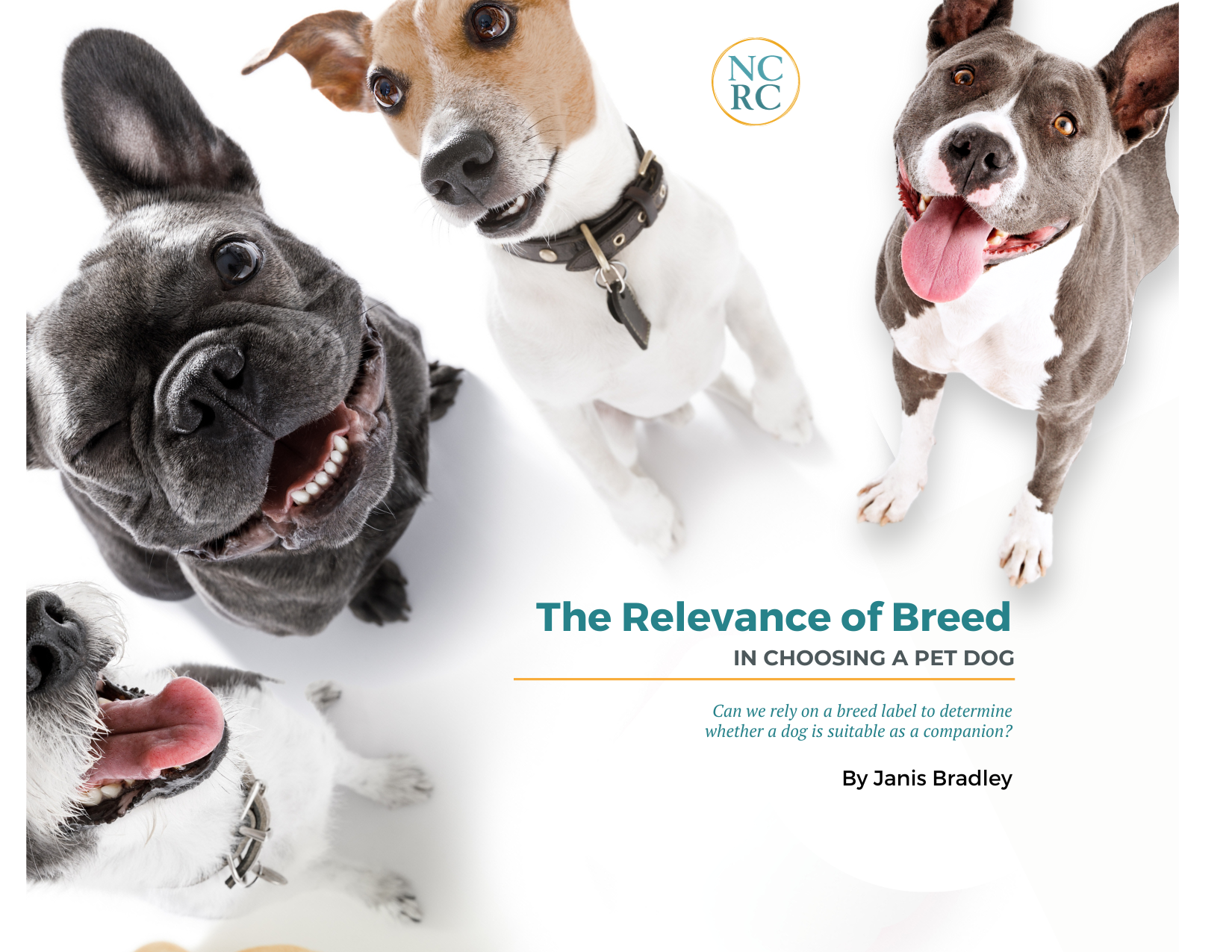A closer look at one of the most striking findings from the new study out of MIT and Harvard
New, state of the art genetic analysis found no significant connection between breed and agonistic thresholds among a big sample of pet dogs. Nor did it find any connection between genetics in general and this particular personality factor, which the researchers defined as “how easily a dog is provoked by frightening, uncomfortable or annoying stimuli.”
What the project, called Darwin’s Ark, found has major real world implications. Many public policy attempts to keep relationships between dogs and people safe hinge on beliefs about which dogs are most likely to hurt people because they perceive humans as threats and respond accordingly. There is a long history of scientific studies on the topic of what provokes a dog beyond their agonistic threshold, and this research provides the most compelling evidence that genetics are not the place to look for an answer to this question.
We provided a snapshot of this research in a previous blog. To provide some quick context, it was conducted by a team of distinguished geneticists and behaviorists and looked at the relationship between genetics and behavior among pet dogs.
Agonistic threshold, one of the personality factors they identified, probably requires a bit more explanation than some of the others. It’s both a more wide ranging and more scientifically precise term for what people often call “aggression” in everyday language, and includes whatever one individual might do to get another individual perceived as a threat to stop threatening or go away. If you say, “cut that out!” or “back off!” or even use physical force toward someone you see as threatening you, that’s agonistic behavior. What the researchers were looking for here was how readily this kind of response was reported by the dog owners answering the survey questions about their pets.
Some readers of the study have expressed concerns about the use of owner surveys to collect data on pet dog behavior, wondering whether owners understood their pets’ behavior well enough to answer accurately, and whether the people choosing to answer such an internet survey might share some sorts of biases. While these concerns can never be completely eliminated, the Darwin’s Ark researchers addressed them more credibly than others have done in the past.
First and most simply, the sample size was very large, with more than 18,000 pet owners responding, which is likely to have a reduce bias. And second, the survey questions that owners answered regarding agonistic threshold were taken from the most thoroughly validated instrument of this kind yet developed, the DPQ. It had performed well on inter-rater reliability which measures whether people who know the dog well give similar answers; and on test-retest reliability which measures whether the same questions get similar answers after time has passed. It had also been validated by doing well at predicting how dogs would perform on a hands on test. This is a more thorough validation process than any that exist for other, even more widely used owner surveys of behavior.
They looked at the heritability of this from a variety of perspectives. For example, they genetically verified owner breed identification and compared reported behavior by breed. They also conducted what’s called a GWAS analysis to try to determine what, if any, specific genes might be involved in this emotional threshold. What this involves is looking at the genomes of a lot of dogs arranged on a continuum according to whether they responded agonistically to very few situations (high threshold—characterized as “diffident” in the paper) all the way down to the ones who might be described as having a hair trigger (low threshold—the authors tactfully called this “assertive”) and then looking at whether the low threshold dogs have spots (called nucleotides) on their genes different from those the high thresholds share. They didn’t. By every measure used, a pet dog’s score on the level of the agonistic behavior simply didn’t relate to his breed or to his genetics in general. They concluded that whether the dog was a Saint Bernard, or a Dachshund, or a Chihuahua or a Labrador or a Lhasa Apso or an American Pit Bull Terrier, breed was “almost useless as a predictor” of where the dog would score on the continuum between “diffident” and “assertive.”
The real-world implications are clear. Restricting ownership of dogs of particular breeds or access to housing or insurance on the part of their owners is based on the belief that a dog of one breed is more likely to bite and injure a person than a dog of another breed. That assumption simply cannot be sustained in the face of these findings, and indeed, this group of scientists explicitly repudiates the efficacy of such policies and regulations.
Footnotes:
For a detailed account of how the main instrument from which the survey questions were validated, see Jones, A.C., 2008. Development and* validation of a Dog Personality Questionnaire. The University of Texas at Austin.
The same procedures were used on the other 7 personality factors explored in the study.
Genome wide association study







